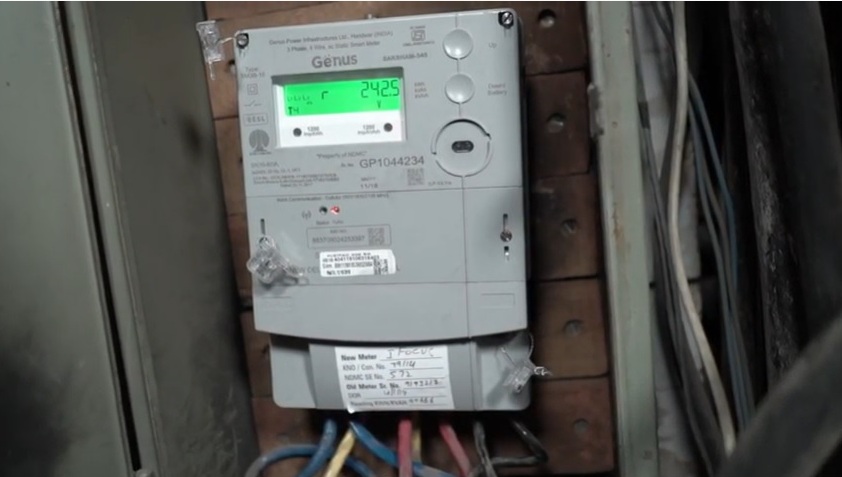It was recently informed in Parliament that over 80 lakh smart meter installations are currently underway nationwide.
In a written reply in the Lok Sabha, Union Power Minister R.K. Singh stated that about 81 lakh smart meters are at different stages of implementation.
Singh also added that approximately 25.23 lakh smart meters have been currently installed nationwide.
Based on statistics tabled in Parliament, it is seen that FY20 was a momentous year, achieving 13.31 lakh smart meter installations. In FY21, the realization was much lower, at 6.23 lakh smart meters. Around 78 per cent of India’s current smart meter base has been built in FY20 and FY21.
Installation of smart meters (including smart prepaid meters) is currently taking place through Central and state government intervention. Such meters are being installed under the Centrally-sponsored Integrated Power Development Scheme (IPDS). The Union government has also provided grant under the National Smart Grid Mission (NSGM) for pilot smart grid projects, which entail the deployment of smart meters. Besides, some state governments have also tied up with agencies like EESL for installation of smart meters, using innovative financing models.
It is independently learnt that of the country’s total installed smart base of 25.23 lakh, EESL accounts for around 15 lakh. EESL also accounts for a big proportion of over 90 per cent of the 80 lakh smart meters. EESL is spearheading the Smart Meter National Programme (SMNP) targeting to replace 25 crore conventional energy meters by smart meters, using innovative financing models.
The beneficiary states
Information tabled in Parliament indicates that Uttar Pradesh has been the biggest beneficiary of smart meter architecture. In FY20 and FY21, a total of 19.54 lakh smart meters were installed in 20 states and UTs. Of these, over half (52 per cent) have been installed in the northern state. Haryana came second—and a distant one at that—with a share of 12.7 per cent.
Bihar is also seeing active deployment of smart meters with 1.43 lakh units installed in FY20 and FY21. In fact, Bihar is also home to smart meters of the prepaid type. (Related story).
Moving to pre-paid metering
In around August 2018, the Union power ministry announced its plan of moving to prepaid metering. A communication by the power ministry in February 2021 observed that states that are moving to prepaid metering have generally given positive feedback. Prepaid metering can go a long way in easing the financial stress of state government-owned discoms, the ministry observed. For one, the burden of late payment charges that can go up to 18 per cent per year will become nil. In rural areas, physical bills are presented irregularly, sometimes once in a year. This leads to delayed payment and sometimes non-payment, adding to the financial distress of discoms. Prepaid metering obviates not just physical bills but also the system of “post-consumption” billing altogether.
(Featured photograph is for illustration only)

